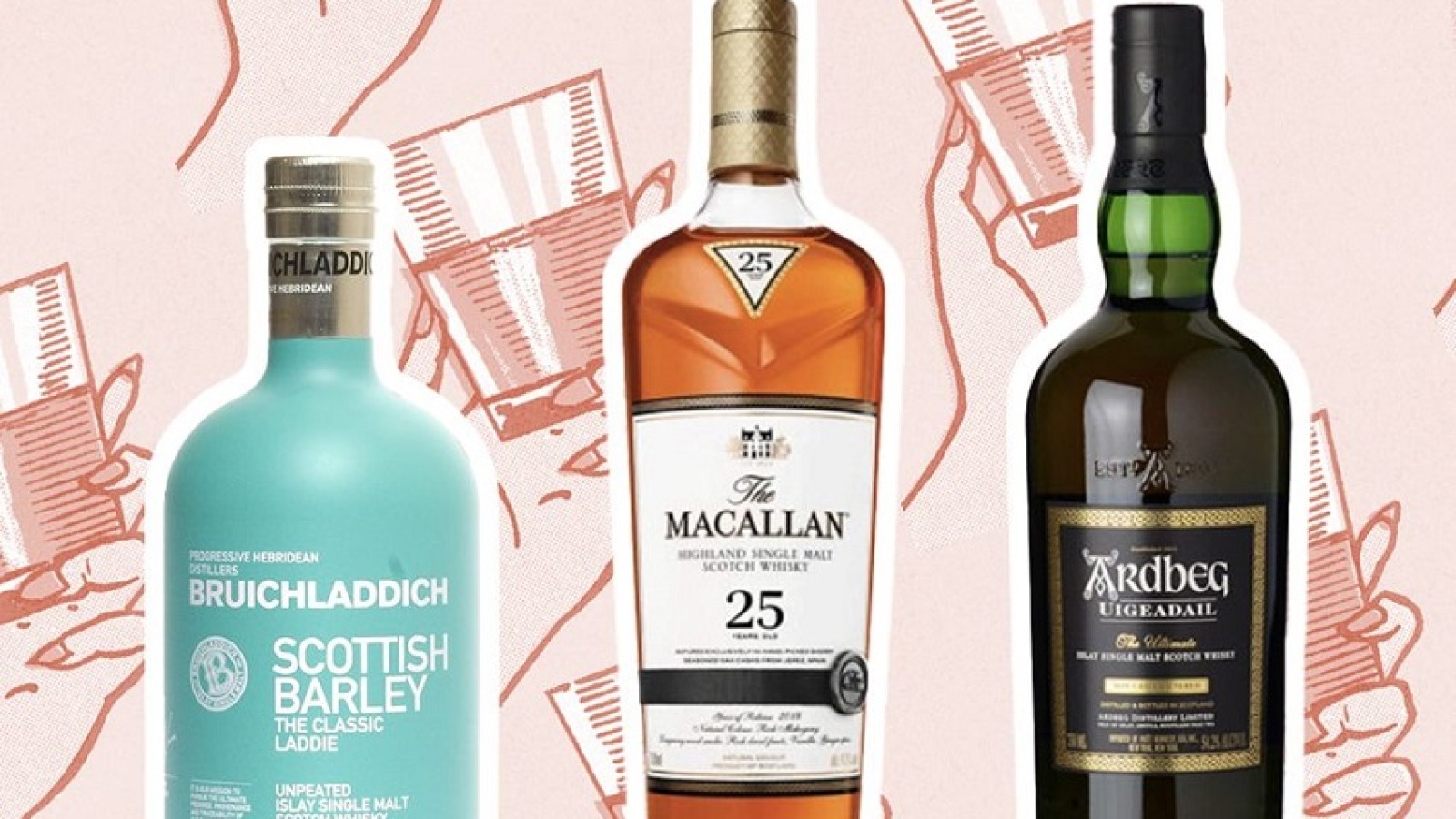Few alcoholic beverages have as extensive a history as whiskey. Therefore, you’ve undoubtedly heard people use terminology like “single malt whisky” and “grain whisky” if you spend even a tiny amount of time visiting distilleries or choosing what’s on click at your absolute favourite place.
However, traditional single malts usually outperform grain whiskies in terms of flavour. This is why most Scotch whisky experts rapidly switch to single malts. It’s also important to understand what distinguishes these two categories. Here is all the knowledge you require.
Whiskey Explained
For starters, standing back and characterising the liquor could be beneficial. The alcoholic beverage whisky is created by fermenting grains. The two most popular types of whisk(e)y are scotch and bourbon.
You may have learned that bourbon and true scotch must originate in Kentucky and Scotland, respectively. Still, that logic is just as pompous as arguing that all champagne produced beyond the French is merely sparkling wine.
Bourbon and scotch are made from barley and corn, respectively.
Blended vs. Single Malt
Simply put, whenever anyone says they like single malt, they refer to their preference for whisky from a particular distillery. In contrast, blended whiskey is created by expertly blending various pure malts whiskies and grain whiskies to create something flavorful and complex.
The best approach to determine which you like is to test it for yourself, as only your taste senses can do so.
You might find a single malt with an original flavour you won’t find anywhere, or you might appreciate the way a whisky that has been expertly blended combines flavours from worldwide.
Do Single Malts Vat?
This is the first example of how the whisky industry’s powerful marketing engine distorts public perceptions about the beverage. Simply put, single malt whisky has been extensively branded as “better quality” over the past several decades.
Most people automatically assume that “single malt” refers to one whisky from one barrel. A Scottish “single malt” refers to a single Scottish distillery’s production of just malt whisky, processed traditionally.
The individual malt whiskies that are “vatted” (a fancier word for blending) have often been aged in barrels that formerly held various kinds of spirits for a long time.
The Age Statement: What Does It Mean?
What does the age statement (such as “12 year old”) on a bottle of single malt whisky signify, you ask? First, it verifies that the freshest whisky that was put into that vatting was at least that age.
As a result, your bottle may be significantly prejudiced toward far older whiskies and comprise only a tiny quantity of 12-year-old whiskey. Additionally, all the whisky may technically be older than 12 years old.
In the End
Single malt whisky is frequently held in very high respect, even by those who may not fully understand their motivations. However, many people mistakenly believe that single malt is only produced from a single batch or keg of whisky.
Still, it can be a combination of multiple distinct whiskies as long as they were all produced in a single distillery. Blended whisky is a single malt’s antithesis. Multiple whisky varieties are blended to create blended whiskies, which are precisely what they sound like.
These beverages frequently appeal to whisky novices more than single malt whiskies, and they are far more successful on the bestseller lists.





